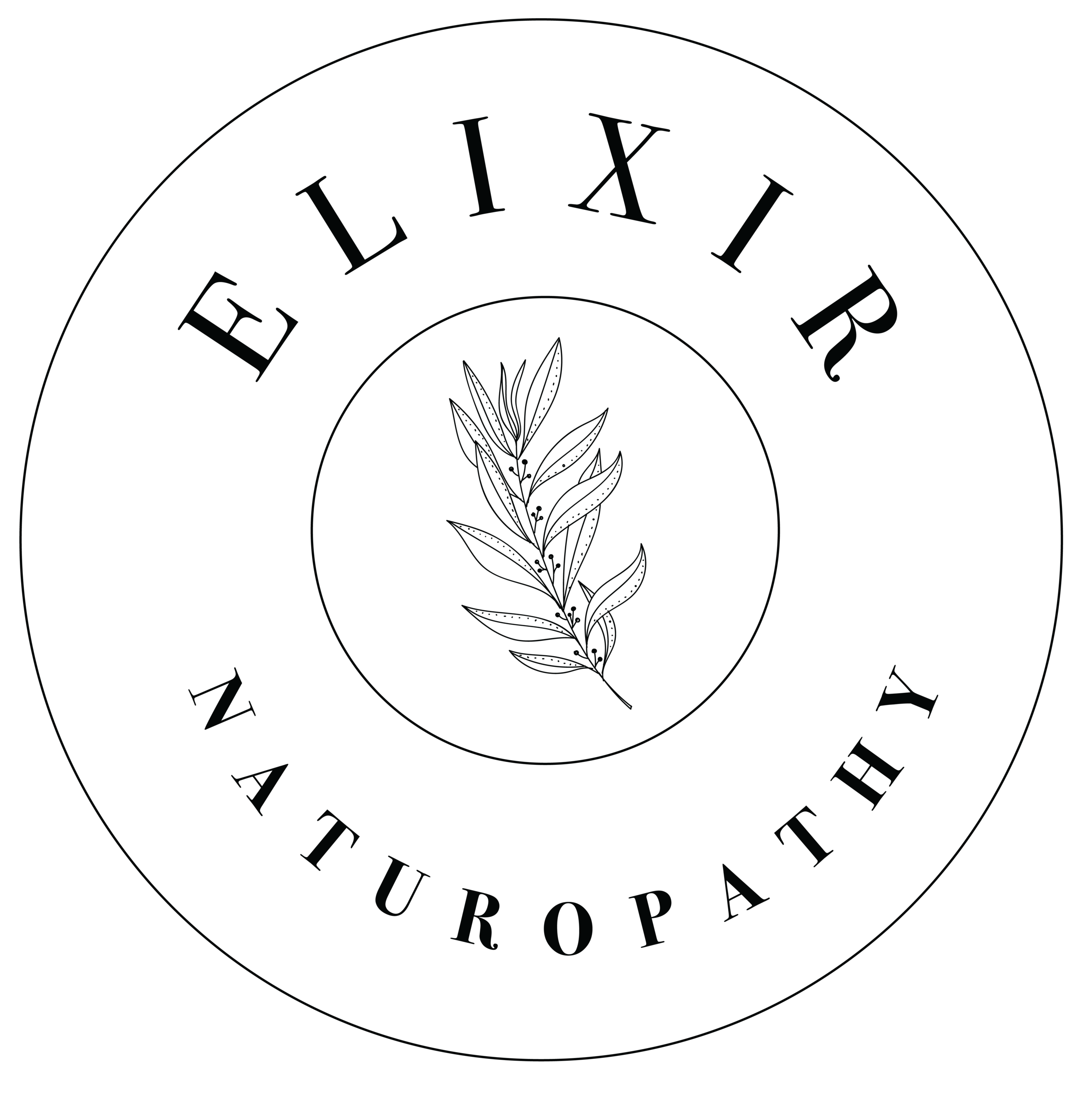Skin is your body’s largest organ, accounting for as much as 16% of your body weight. Inch by inch, your skin adds up to an impressive 22 square feet. What you might not realize about this hard-working organ is that it is also constantly renewing itself—at a rate of about 30,000-40,000 cells per minute. And it does this for decades.
Read MoreIn today's day and age we are working longer hours, not getting enough sleep and turning to coffee and sugar to push through the exhaustion. Only to wake up the next day and do it all over again. This my friend, is a recipe for burnout.
Burnout otherwise known as adrenal fatigue, is a chronic negative response caused by excessive and prolonged stress. Burnout is a state of emotional, physical, and mental exhaustion and occurs when you feel overwhelmed, emotionally drained, and unable to cope with the constant demands of life.
Read MoreAcne is a condition that is commonly thought of as a condition only affecting adolescents. However up to 51% of women between the ages 20-29 and 26% of women between 40-49 also suffer from this condition.
Acne is caused by multiple factors such as increased sebum secretion, inflammation, follicular keratinization, and Propionibacterium acnes. For many women, acne can be a debilitating condition that can have a huge impact on mental wellbeing.
The pathogenesis of acne in adult women can be quite complex and isn't always due to hormonal imbalances. So I am going to share with you the top contributing factors to be aware of.
Read MorePremenstrual syndrome (PMS) is a common health condition experienced by up to 75% of women of reproductive age. PMS is a group of symptoms, both physical and emotional, experienced by a woman in the two weeks leading up to menstruation, also known as the luteal phase. With symptoms usually subsiding shortly after menstruation begins.
In some cases PMS can develop into premenstrual dysphoric disorder (PMDD). PMDD is a more severe form of PMS, effecting about 3-6 % of women. PMDD be so debilitating that it impacts one's quality of life. Women who have had major depression are more at risk than others to experience PMDD.
Read MoreYou might be surprised to learn that there is more than just one type of oestrogen.
Oestrogens are a group of steroid hormones produced in various organs (not just the ovaries) and the level of these oestrogens change throughout life and in physiological and pathological conditions.
While oestrogen is typically thought of as a female hormone, it is produced by males also. In women, this group of sex hormones are responsible for the development and regulation of the female reproductive system and secondary sexual characteristics such as breasts, endometrium, and regulation of the menstrual cycle.
Within the oestrogen hormone family, there are three main forms to focus on:
Read More




